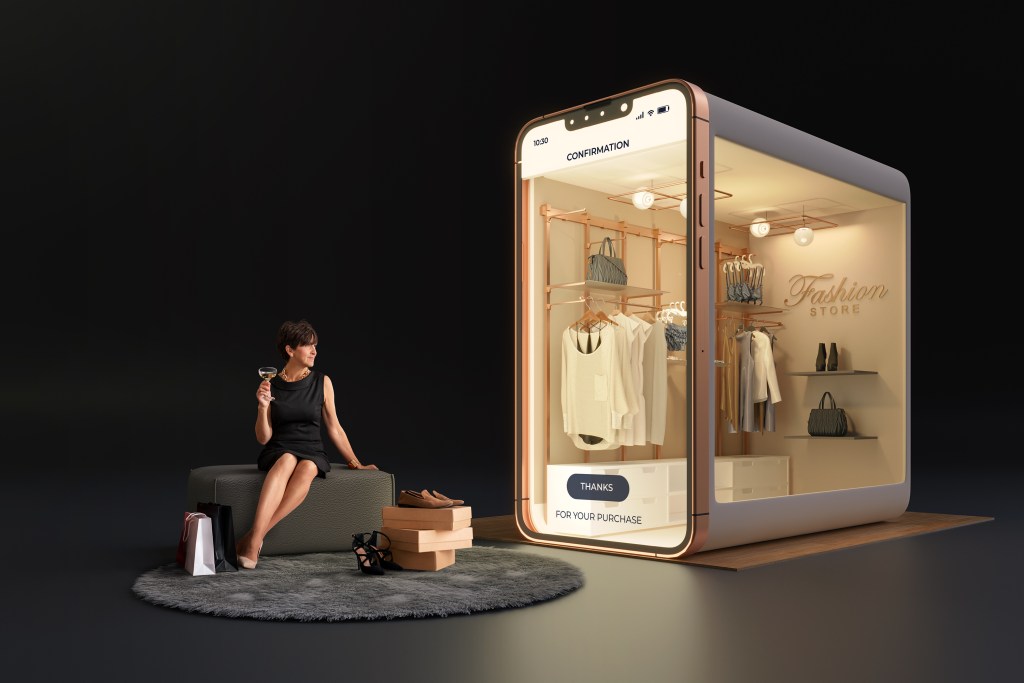

In today’s retail landscape, customers expect a seamless and personalized shopping experience, both online and offline. The rapid growth of online shopping has made it clear that we can’t ignore the significance of providing excellent digital customer experience (CX).
Digital CX refers to the sum of all interactions a customer has with a brand through digital channels - this can be through your website, app, social media, and email. The key here lies in offering personalization. Offering your customers a personalized experience in your online channels is crucial; according to a survey conducted by Epsilon, 80% of customers now want personalization.
By creating a personalized customer experience that starts from product placement to post-purchase, customers are more likely to feel emotionally invested, engaged, and better served by your brand. As a retailer, you can utilize AI, loyalty programs, and customized promotions to name a few.
In this article, we’ll be sharing 7 tips on how you can perfect your customer experience.
The first step to creating a great digital CX is to know and understand your customers. What are their needs and expectations? What devices do they use? What channels do they prefer? You can obtain this information through research or surveys. Once you have a good understanding of your customers, then you can create a digital experience that is just for them.
For example, if you know that your target customers are primarily Gen Z, you'll want to focus on creating a mobile-friendly experience. You may also want to consider using social media channels like Instagram and TikTok to connect with your customers and keep yourselves in their loop.
Today, customers expect a smooth and seamless online and offline shopping experience. This means that you’d have to ensure that your website, app, and physical stores are all in check with each other, and provide consistent experience for your customers. Promos and specials aside, the overall product selection should remain the same throughout your multiple channels.
For example, customers should be able to easily view their cart and purchase history across all channels. They should also be able to return or exchange products purchased online at physical stores. Another point you should consider is consistent promotions across all channels; some customers might not be able to shop offline, so having the same promotion online can help them get the same experience.
Analytics can help you track and measure your digital CX performance. By tracking metrics such as website traffic, bounce rate, and conversion rate, you can identify areas where you can improve.
For example, if you notice that your website has a high bounce rate, this could indicate that your site is difficult to navigate or that it's not meeting the needs of your audience. You can use analytics to identify the specific pages that are causing problems and make necessary changes.

Another great way to improve your digital CX is to collect feedback from customers. You can do this through surveys, customer interviews, and social media listening. By understanding what customers like and dislike about their digital experience, you can make necessary improvements.
For example, you could send out a survey to customers after they've made a purchase to ask them about their experience. You could also use social media listening to monitor what customers are saying about your brand online.
With the Suara Pelanggan surveys, you’ll be able to see what your customers like about your business, and what they expect from you. Moreover, you can utilize the data collected from the surveys or feedback forms to give you actionable insights into what you can do to improve, whether it be about your products, services, or promotions.
Before launching any new digital initiatives, it's important to conduct user testing with real customers. This will help you identify any usability problems and make necessary changes. When conducting user testing, be sure to observe the user as they interact with your digital experience. Ask them to think aloud so that you can understand their thoughts and feelings. You may also want to ask them to complete specific tasks, such as finding a product or making a purchase.
The digital landscape is constantly changing, so it's important to be forward-thinking in your approach to digital CX. Stay up-to-date on the latest trends and technologies, and be willing to experiment with new ideas.
For example, you may want to consider using artificial intelligence (AI) to personalize your digital experience for each customer. You may also want to consider using virtual reality (VR) or augmented reality (AR) to give customers a more immersive shopping experience.
Here are some examples of how retailers are using technology to improve their digital CX:

These are just a few examples of how retailers are using technology to improve their digital CX. As technology continues to evolve, we can expect to see even more innovative ways to deliver a great digital shopping experience.
